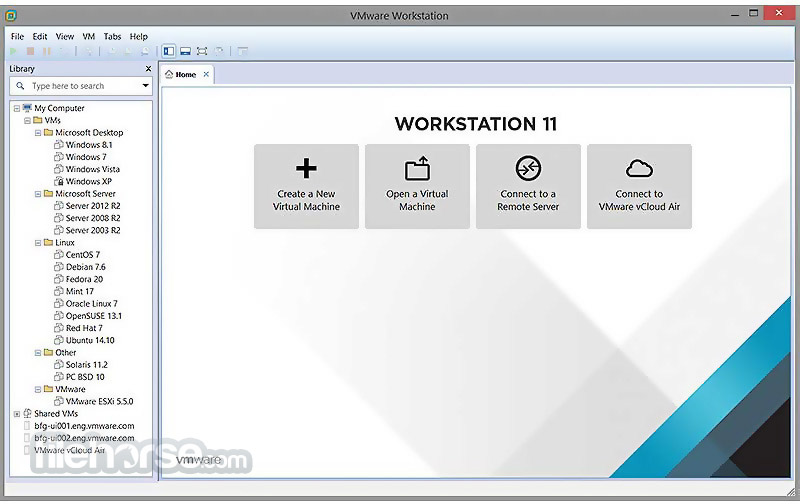
Deploys an appliance with 16 CPUs and 37 GB of memory.Suitable for environments with up to 400 hosts or 4,000 virtual machines. Deploys an appliance with 8 CPUs and 28 GB of memory.Suitable for environments with up to 100 hosts or 1,000 virtual machines. Deploys an appliance with 4 CPUs and 19 GB of memory.Suitable for environments with up to 10 hosts or 100 virtual machines. Deploys an appliance with 2 CPUs and 12 GB of memory.In this demo I will be using “Small” for deployment size and “Default” for Storage Size. Select the VCSA deployment size for your enviroment.Confirm root password - Confirm the root password.Specify the VM settings for the vCenter Server.Note: A Certificate Warning might appear. Once you have completed form, click “Next” to continue. In this demo I will be using a standalone ESXi host. The target can be ESXi host or existing vCenter server. Specify target where vCenter server appliance will be deployed.Accept the End user license agreement and click next.Choose “Install” and click “next” on the introduction screen.Run “Installer.exe” to open the vCenter Server Installer.
Vcenter download windows 10 windows 10#
Since I am using Windows 10 to deploy VCSA, I will select “Win32” folder.
Vcenter download windows 10 update#
Installing vCenter Server Appliance (VCSA) 7 Update 3 Deploying the vCenter Server Appliance More info about prerequisites can be found here. If you plan to assign a static IP address and an FQDN as a system name in the network settings of the appliance, verify that you have configured the forward and reverse DNS records for the IP address.

If you plan to use NTP servers for time synchronization, verify that the NTP servers are running and that the time between the NTP servers and the target server on which you want to deploy the appliance is synchronized.




 0 kommentar(er)
0 kommentar(er)
